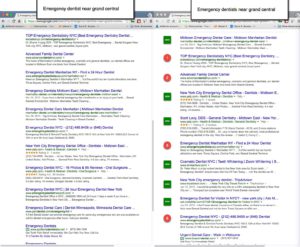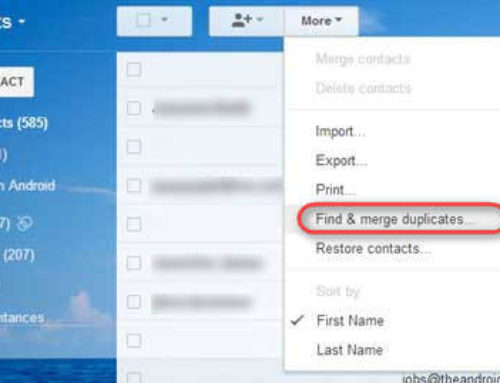
What does it take for your website to rank “#1′ on Google?
This is a common question among prospective clients.
Our first response is: “#1 for what?”
There are 171,476 “active” english words in the 20-volume Oxford English Dictionary, plus another 47,156 obsolete words. So, assuming people use mostly two-word search phrases, there are something like 29 billion #1 search results on Google.
Of course, you only care about the few search queries that drive your enterprise. And that’s the problem: you can be #1 for a search phrase that is irrelevant or even detrimental) to your organization.
The first step is analyzing what keywords actually drive your business. And knowing this is incredibly difficult. That’s because most businesses rarely have the ability to seamlessly link a keyword to a sale. The technology is still not 100%, but advances in marketing automation and analytics are closing the gap.
Very thoughtful semantic analysis is crucial. Think about the differences between these two english-language search terms:
- Emergency dentist near grand central
- Emergency dentists near grand central
The search results are quite different:
Only 4 out of 10 search results were the same. Google infers a different search intent simply from the use of the plural form of ‘dentist’.
So, when you set about to optimize our site, do you go for a dentist or dentists?
Such an analysis is meaningless (except for ego) unless your have a solid understanding of what search queries drive your business. In other words, what search queries consistently result in actions that generate positive returns from your website.
To understand the “money” keywords, you must conduct detailed analysis of your web traffic (through analytics) and a linkage to your CRM system (to show dollar value of sales.
That’s one of the reasons we’re working with SharpSpring as our marketing automation solution for larger clients. SharpSpring is one of the few marketing automation systems that has robust analytics to measure keywords and traffic sources, and connect them to actual client sales.




